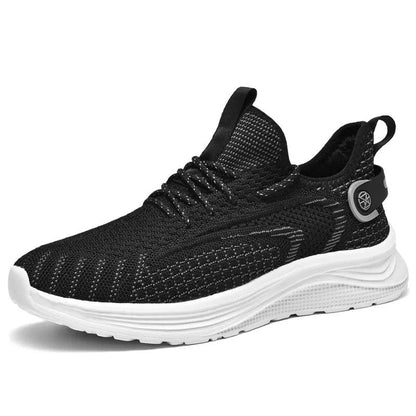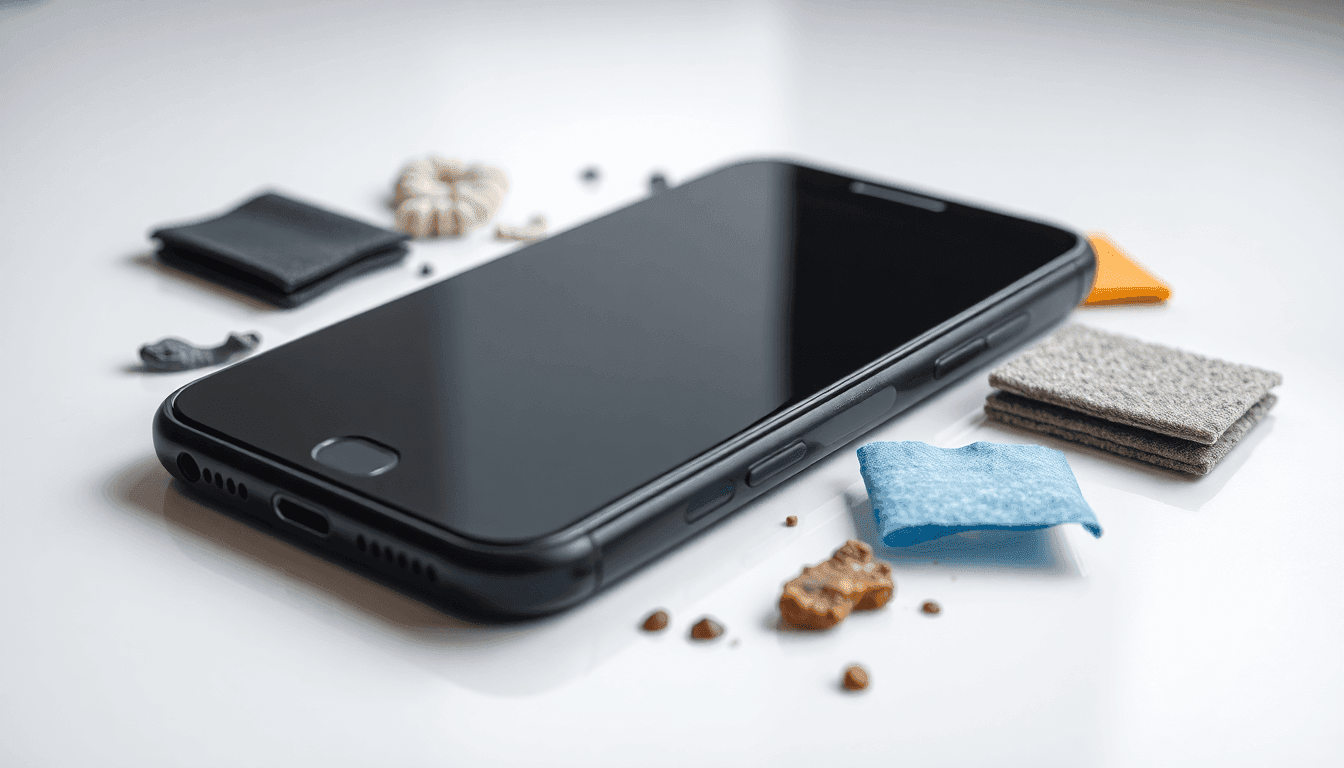
Rain or shine, dedicated runners lace up their sneakers and hit the pavement. But what happens when you've just completed a refreshing run on a rainy day, and your beloved running shoes are caked in mud and soaked to the bone? Fear not! In this blog post, we'll guide you through the best way to clean your running shoes after a run on a rainy day. Plus, we'll also share tips for caring for your casual shoes.
Why Cleaning Your Running Shoes Matters
Running shoes are your trusty companions on your fitness journey. They provide the support and cushioning your feet need, but they also face the brunt of the elements when you run in less-than-ideal conditions. Cleaning your running shoes after a rainy run is crucial for several reasons:
- Prolong Lifespan: Regular cleaning prevents premature wear and tear, extending the life of your running shoes.
- Maintains Performance: Dirt and moisture can affect the performance of your shoes, so keeping them clean ensures you get the most out of your runs.
- Hygiene: A clean shoe is more hygienic, reducing the risk of odors and foot-related issues.
Now, let's dive into the step-by-step guide to cleaning your running shoes:
Step 1: Gather Your Supplies
Before you start, make sure you have the following items on hand:
-
An old toothbrush or soft-bristle brush will help remove dirt and mud without damaging the shoe's material.

-
Mild detergent or sneaker cleaner: Avoid harsh chemicals that can harm the shoe's fabric or sole.

-
Warm water: Ideal for crafting a sudsy cleaning solution.

-
A clean cloth or sponge For wiping down the shoe.

-
Newspaper or shoe tree: To help your shoes retain shape while drying.

Step 2: Remove Insoles and Laces
Take out the insoles and shoelaces from your running shoes. That will allow you to clean these parts separately and ensure a thorough cleaning of your shoes.
Step 3: Brush Off Loose Dirt
Use the old toothbrush or soft-bristle brush to gently remove any loose dirt, mud, or debris from the shoe's surface. Be patient and thorough to avoid scratching or damaging the material.
Step 4: Prepare a Soapy Solution
Pour warm water into a bowl and introduce a modest quantity of gentle detergent or specialized sneaker cleaner. Mix it until you have a soapy solution.
Step 5: Clean the Shoes
Submerge the brush into the soapy solution and delicately brush the shoes, giving special consideration to any areas with stains or heavy soiling. Be cautious to keep the shoes a secret.
Step 6: Rinse and Repeat
After scrubbing, rinse the shoes thoroughly with clean water to remove any soap residue. You may need to repeat the cleaning process for stubborn stains.
Step 7: Dry Properly
Stuff your shoes with newspaper or use shoe trees to help them maintain their shape while drying. Steer clear of direct sunlight and heat sources, which can lead to shoe warping or cracking. Instead, allow them to air dry naturally.
Caring for Casual Shoes
Like running shoes, casual shoes also benefit from proper cleaning and care. Follow a similar cleaning process outlined above, but consider using a specialized cleaner for materials like leather or suede. Additionally, use a protective spray to repel water and stains on your casual shoes, especially if you plan to wear them in rainy weather.
In conclusion, cleaning your running shoes and casual shoes after a rainy run is a simple yet essential practice that will keep your footwear looking good and performing well. By following these steps and taking care of your shoes, you'll ensure they support you on your runs and everyday adventures for many miles. Happy running!
- What is the best way to clean running shoes after a run on a rainy day?
- Selecting Appropriate Casual Footwear for Different Events
- When to Prioritize Heavy Sneakers Over Lightweight Ones?
- How to Style Sandals for Any Occasion?
- How to Make Your Own Shoe Polish







